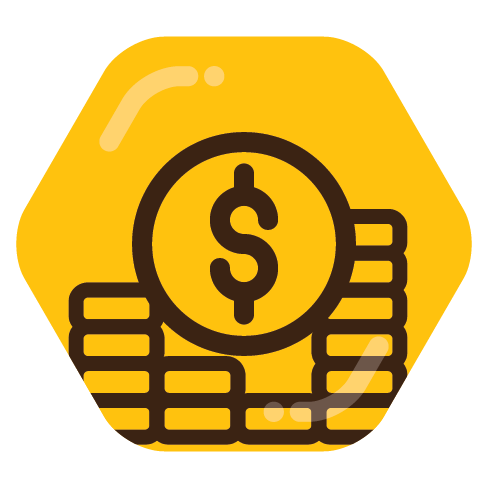One target of the UN Sustainable Development Goals is that by 2030, remittance fees should be less than 3%, and total fees to send and receive money between a pair of countries should be no more than 5%. Some researchers believe that to be truly affordable, the first goal should be even less than 3%.
The International Monetary Fund has estimated that reaching this target could generate $32bn (£26bn), even apart from the direct-cost savings.
This is because remittances have such powerful knock-on effects for the economy, and people tend to send more in remittances when fees are lower.
Yet the world is far off this target. According to the World Bank, the global average is 6.2%, over double the target.



Monero is the way to handle this. The fees are stupid low and it settles within 20 minutes anywhere on planet earth. Oh, and at least as of now, it is totally untraceable, and only the sender and receiver ever know the payment even occurred.
This could work if there are reliable exchanges already available in local currency on both sides, and if both sides have bank accounts and the technical know-how to use exchanges. However, if Monero were to become a large scale method of remittance transfers, then Monero could be overvalued in exchanges in source countries and undervalued in exchanges in destination countries, especially in situations where the currencies are not freely convertible. With P2P exchanges this situation may become even more exaggerated.
Eventually HFT traders may catch on and level the market, but this would essentially mean a transfer of wealth from the masses sending remittances to a few HFT traders.
My point is, though sure it works fine in limited situations in strong economies (where there are liquid, freely exchangable fiat currencies and fair exchanges with low fees), it is a lot more complicated than it seems to use it at such a scale or in countries with underdeveloped economies.
There’s at least a decent chance that Monero may actually be a better store of value than the destination currency would be and the receiver might just choose to keep it in Monero instead of converting it to their local currency. I’m thinking places like Zambia or Zimbabwe might be some examples. Perhaps Argentina and Venezuela as well. I think a peer-to-peer exchange on both ends would be the better option since then you don’t have to go through all that KYC crap and be asked tons of questions and treated like a criminal for just wanting to send money to your family members. So you would purchase Monero peer-to-peer in your country send it to them and if they need to exchange it when they get it they can choose when to do so and how much to convert.
That could make sense if Monero was a widely accepted currency for goods and services in the destination country. However, as far as I know, it usually needs to be converted to fiat currency for this.
Sure, P2P is the ideal without KYC, but if used at scale, this is going to eventually lead to an increase in value of Monero in source countries and a decrease in destination countries, especially since P2P exchanges are usually local in nature and less liquid than centralized exchanges. There would be heavy sell-side pressure in these P2P exchanges, whereas likely not nearly as many people would be buying Monero there. The spread between the buy price in developed countries and the sell price in developing economies could exceed 6%.
Compared to a frictionless world, this is sub optimal. But as you and the article established, there are frictions that currently result in a tranfer of wealth at a 6% rate of transfer volume which could very well be greater than the future equilibrium you posit.
I think that there are options that could be implemented at scale faster and simpler compared to crypto token exchanges. But any individual current getting hit with high transfer fees could benefit immediately if they know about and learn how to use something like monero.
There may be some situations where this makes a lot of sense, particularly involving currency manipulation. For example, in Argentina, the official exchange rate was much less favorable than the actual (black market) exchange rate. Monero could enable someone to sell at the more favorable exchange rate locally, rather than relying the transfer provider in the source country to do it.
However, it’s important to consider potential market effects if this is done at scale. For some people, it could work, but probably not yet on such a large scale.
The point is not to be the “rational economist” who doesn’t pick up money off the ground because someone else would have picked it up if it was really there.
What about the on-ramp and off-ramp fees? Wouldn’t it be higher than the traditional transfer fee?
Generally, the peer-to-peer rate is about 10% higher than the KYC rate. So if you buy Monero with KYC in your country and then send it to whoever and they sell it peer-to-peer, they will generally get about 10% above the market price. Cash by mail or cash in person are going to be the cheapest ways simply because there aren’t online platforms involved that can reverse the transaction.